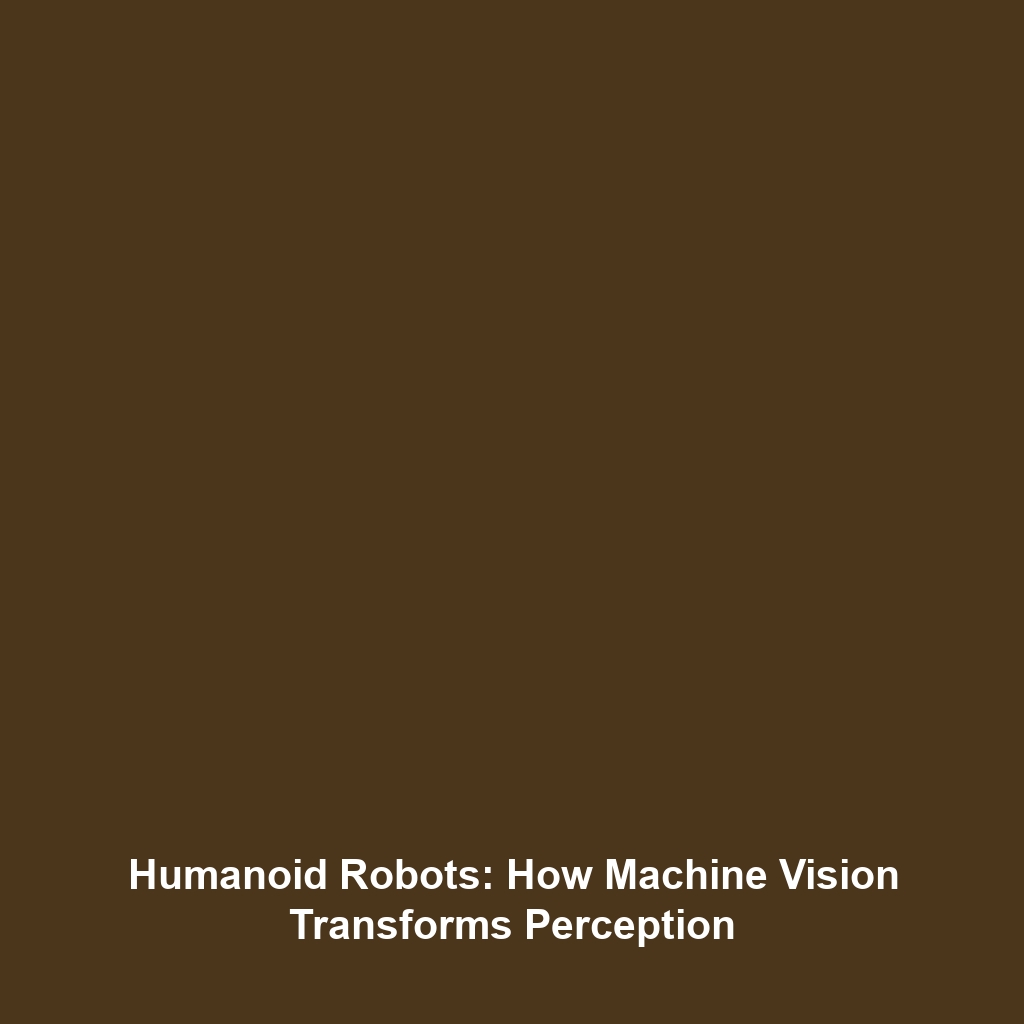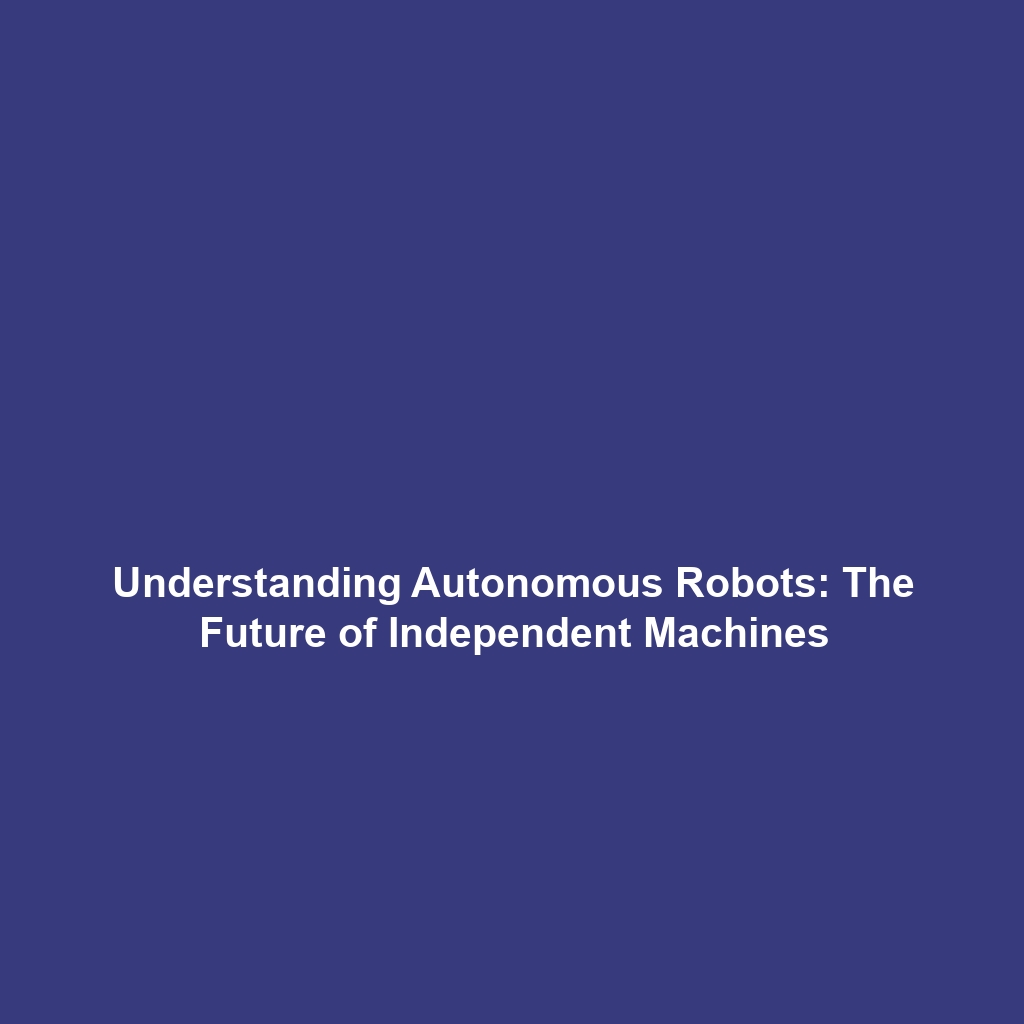Humanoids in Academic Research: Exploring AI and Human-Robot Interaction
Introduction
The field of humanoid robots is advancing rapidly, particularly within academic research focused on AI and human-robot interaction. As we delve deeper into this innovative discipline, it becomes clear that humanoids offer significant potential to enhance our understanding of both artificial intelligence and social robotics. By simulating human behavior, humanoid robots are not only reshaping technological landscapes but are also transforming how we engage with machines. This article explores the profound implications of humanoids in academic research and their vital role in developing AI and human-robot interfaces.
Key Concepts
Understanding the fundamentals of humanoids in academic research involves several key concepts:
1. Definition of Humanoid Robots
Humanoid robots are designed to replicate human appearance and behavior, allowing for intuitive interaction with humans. This concept is essential in the study of human-robot interaction, since naturalistic engagement can lead to better acceptance and understanding of robotic systems.
2. Human-Robot Interaction (HRI)
HRI is a multidisciplinary field that explores how humans and robots communicate and collaborate. In the context of humanoids, effective HRI can significantly enhance usability and functionality in various applications, thereby enriching both academic research and practical implementations.
3. Integration of Artificial Intelligence
Incorporating advanced AI algorithms into humanoid robots is critical for emulating complex human behaviors and decision-making processes. This integration forms the backbone of many innovations in humanoid robotics and drives ongoing academic inquiry.
Applications and Real-World Uses
The practical applications of humanoids in academic research are diverse and impactful. For instance:
- Healthcare Assistants: Humanoid robots are used to assist the elderly or disabled individuals in daily activities, improving their quality of life.
- Educational Tools: These robots can serve as tutors, providing interactive learning experiences for students and promoting engagement.
- Social Companions: Humanoids are employed to mitigate loneliness and provide companionship, especially for vulnerable populations.
The exploration of how humanoids are used in AI research continues to yield important insights into human-robot dynamics, making it an essential focus in the field of humanoid robots.
Current Challenges
Despite their potential, several challenges hinder the effective study and application of humanoids in academic research:
- Technical Limitations: Current robots may struggle with complex human interactions that require emotional intelligence and adaptability.
- Ethical Considerations: Issues surrounding privacy and moral implications of humanoid robots must be thoroughly examined.
- Cost and Accessibility: The high cost of advanced robotic technology limits its widespread adoption in research and real-world applications.
Future Research and Innovations
Looking ahead, the future of humanoids in academic research is poised for groundbreaking innovations. Research is focusing on developing next-generation technologies such as:
- Emotionally Aware Robots: Enhancements in AI are expected to create robots capable of recognizing and responding to human emotions.
- Collaborative Robots (Cobots): Designed to work alongside humans safely, these robots will improve productivity in various sectors.
- Enhanced Learning Algorithms: Ongoing improvements in machine learning will enable humanoids to adapt and learn from interactions.
Conclusion
In summary, humanoids in academic research play a pivotal role in advancing our understanding of AI and human-robot interaction. The significance of this field cannot be overstated, as it holds the potential to revolutionize how we integrate robots into our daily lives. For readers interested in the intersection of technology and human interaction, exploring more about humanoid robots can provide valuable insights. Learn more about humanoid robotics and their applications in shaping the future of technology.



